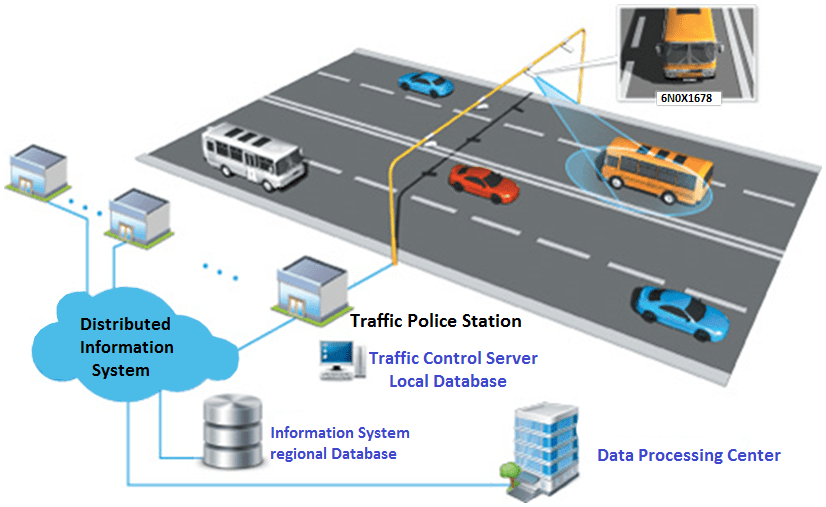Cities which are upgraded with advanced technology are now called smart cities in India. A smart city is simply a city where people live an easier and well-organized life with communication and information technology. This is where the Internet of Things (IoT) will play a vital role to bring automation in traffic management. The citizens use the latest technology while ensuring the safety of the environment to make a city smart. It is definitely possible to use the technology to the fullest without affecting our environment. It happens with infrastructural development of the city.
How Sustainable Infrastructure will become a reality?
The city management will handle the whole infrastructure. Less carbon footprint and proper energy saving are the prime examples of sustainable infrastructure. Cities will become smarter with proper urban planning and smart infrastructure. Smart cities are meant to make the lives of citizens easier and cause far less harm to the environment. But a lot of effort needs to be taken.
Citizens also need to cooperate with the management to make their cities a better place. They should protect their cities with proper care. Smart cities should be planned well to use all the available resources smartly. This way, IoT technology is going to help a lot.
Whether it is server systems, waste management, real estate or transportation systems, everything should be optimized well to play a vital role in infrastructural growth of the city. For example, traffic management system from Vehant Technologies can be helpful to control and avoid traffic jams and improve the flow of vehicles smoothly. First of all, let’s figure out how IoT indeed works.
About IoT
IoT technology has a presence in almost every sector these days. For example, it can help transform the transportation industry, manage water supply, and other sectors. For those who don’t know, the Internet of Things (IoT) is just a medium to connect with all digital devices through the internet. IoT technology connects virtually all the smart devices with each other.
The IoT will be helpful to ensure smooth connection between devices and we can easily interact with our appliances and devices using this technology. All the data can be stored that is fed into the IoT system and it also keeps the data on the cloud. The information can be stored through big data analytics. For traffic management, both technologies can have a great change.
Benefits of IoT for Traffic Management
We live in the 21st century and traffic jams are still a part of our lives. Whether you are a daily commuter or a city dweller, you hate wasting a lot of time being stuck in traffic. Traffic management is still one of the biggest issues for any city. Developed countries are already using advanced traffic management systems to control traffic. But developing nations are still trying hard to adopt these technologies. IoT and big data can be helpful to reduce the traffic issues.
Whether it’s a small or big city, people always prefer their own vehicles to get to their destinations, instead of public transport. Despite having a lot of advantages of driving your own vehicle, there are still chances that your vehicle might get stuck in traffic. These days, a lot of cities are gathering data using CCTV cameras on the streets using that data to control traffic. The traffic management board gathers all the vehicle-related information where authorities check everything again and again. Well-organized traffic improves the flow of vehicles and prevents traffic jams. IoT can deal with a lot of factors.
Moving Ahead
IoT traffic control systems will also be able to control traffic lights. They have weather sensors equipped. This way, they can minimize or increase the light intensity. These sensors will adjust the lights by detecting murky weather and adjust light brightness from time to time. These traffic lights can control the unnecessary jamming and crowding. They have CCTV cameras mounted to record the traffic on a specific road and transfer the information to the traffic control department.





